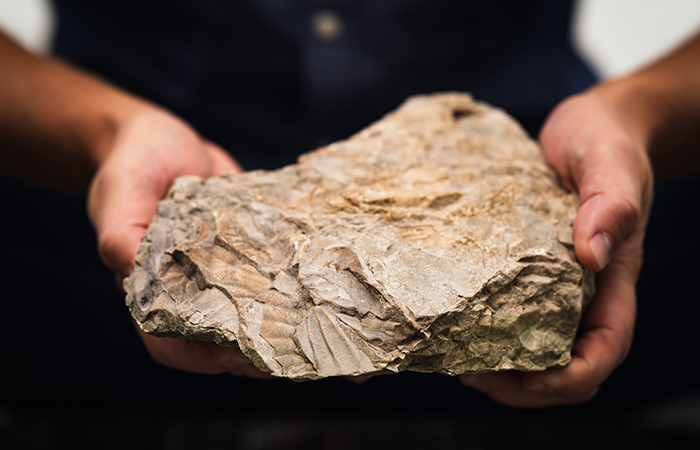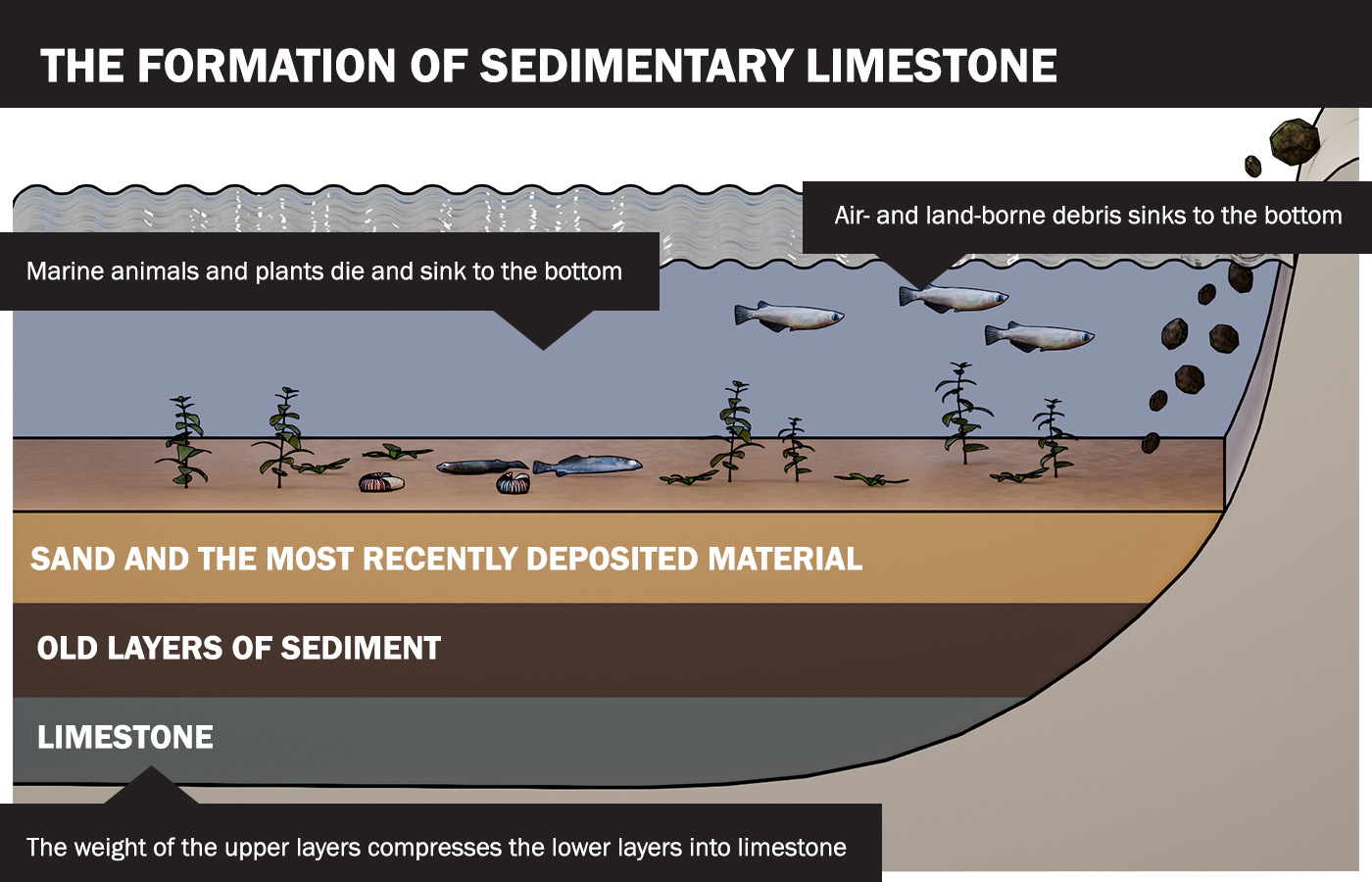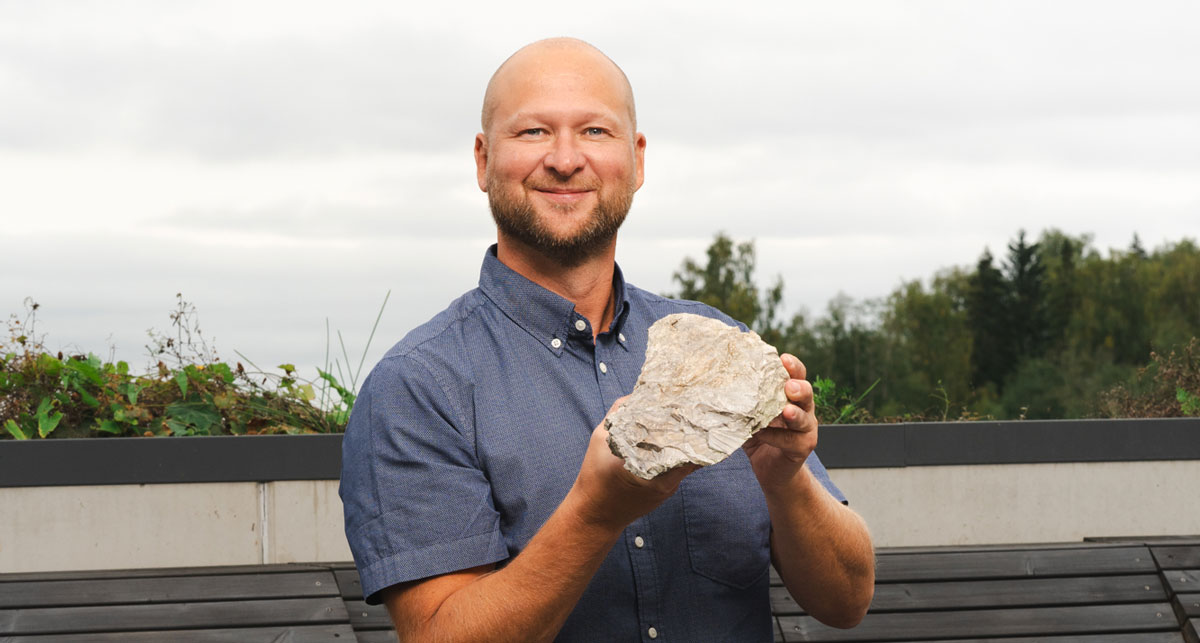Limestone is undoubtedly one of the world’s most useful rocks, with a history that stretches millions of years back in time. But what exactly is limestone, how does it form, and what types of lime exist?
Limestone is a carbonate rock that primarily consists of calcium carbonate (CaCO₃). It is usually divided into two main categories: sedimentary and crystalline limestone.
Sedimentary limestone has formed through the accumulation of organic materials such as shells, corals, and other marine organisms that contain calcium carbonate. When these materials break down and compress, limestone is created. Sedimentary limestone often contains clear fossil fragments that reflect the environment in which it was formed.
If exposed to high pressure and temperatures, sedimentary limestone can transform into crystalline limestone – commonly known as marble.
The process for the formation of crystalline limestone occurs deep in the Earth's crust, about 10-20 kilometers below the surface, where temperatures of up to 600 degrees Celsius create coarser crystals in the stone. Crystalline limestone is harder, denser, and the fragments of marine organisms disappear during its formation.

Limestone can also form through a chemical precipitation of calcium carbonate in warm, shallow seas. This leads to the formation of structures like ooids, small spherical grains, which eventually become limestone over time.
Like limestone, dolomite was formed hundreds of millions of years ago in marine environments where magnesium-rich waters reacted with calcium carbonate (limestone) to create dolomite.

One of the key factors in the formation of limestone is a warm, tropical climate. The Nordic countries were once located near the equator, which provided the conditions for limestone reefs to form. With this understanding, it becomes easier to grasp how limestone quarries, such as those in Jutjärn, Dalarna, were formed.
The limestone quarries in Jutjärn are believed to be over 450 million years old and rich in fossils from the Ordovician period, a time marked by a diversity of marine organisms such as corals and shellfish. Marine life thrived in the warm seas that covered much of Scandinavia.
However, it is not only the climate that contributed to the limestone deposits in Jutjärn. A massive meteorite impact occurred in the area now known as Dalarna. The impact created one of Europe’s largest craters, the Siljan Ring, and completely changed the landscape. Today, the limestone found along the crater's edge can be up to 150 meters thick – a result of the geological forces at play during the meteorite’s collision with the Earth’s surface. It is because of this meteorite impact that the limestone in Jutjärn is so well-preserved and exposed.


Composition: Composed of calcium carbonate (CaCO₃), often in the form of the mineral calcite.
Origin: Formed through deposits from marine organisms.
Properties: Sedimentary limestone is a soft, easily worked rock with high purity, ideal for use in building materials, agriculture, and environmental improvement. It is also well-suited for steel production as it holds together well during burning in a blast furnace.

Composition: Composed of calcium carbonate (CaCO₃) with a dense, crystalline structure.
Origin: Formed when sedimentary limestone is subjected to high pressure and temperatures deep within the Earth’s crust (metamorphism).
Properties: Crystalline limestone is a hard, dense rock with high durability, suitable for agriculture, filler materials, and environmental improvement. It is also used in high-temperature processes.

Composition: Composed of calcium magnesium carbonate (CaMg(CO₃)₂).
Origin: Formed when limestone is subjected to a process where some of the calcium ions are replaced by magnesium ions (dolomitization).
Properties: Dolomite has a unique composition that, due to its high magnesium content, is particularly useful for soil improvement and as a filler material in industries such as paint and plastics.

SMA Mineral AB
Box 329
682 27 Filipstad
SWEDEN
